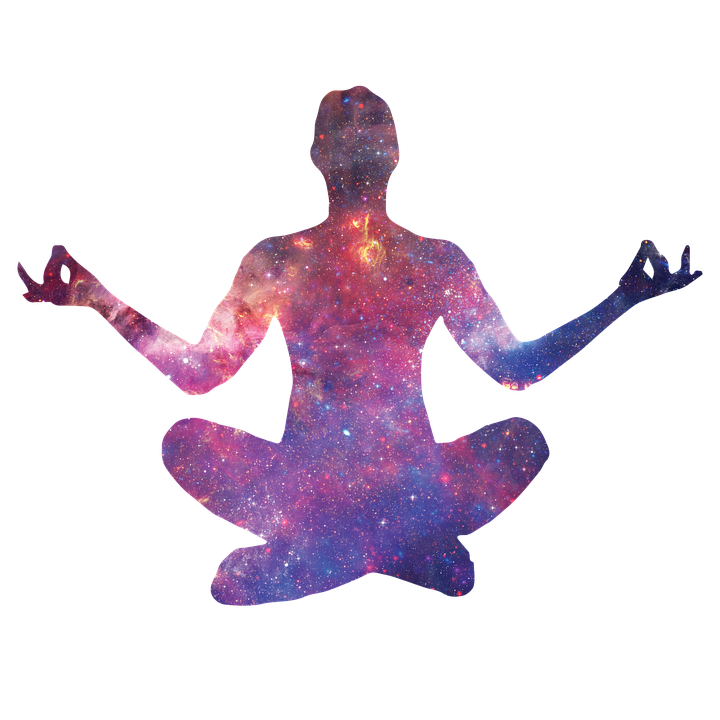I was recently invited by a friend to attend an ashtanga class. Corina is a devoted Ashtangi, who gets up very early in the morning, before 6 am, to practice ashtanga according to the Mysore method. The Ashtanga has always made me a little “scared”, I imagined very intense courses, with many postures said advanced, and performed at a rapid pace.
The best way to learn something is to reading book through the book we learn many information. So, the lot of books are there to guide Ashtanga yoga. To buy a one of the best book for Ashtanga yoga click this link.
Finally, I found the class really great, led by a super ashtangi, and assisted by two other teachers who adjusted the postures as needed. This is the opportunity today to say a little more about this style of yoga.
Where does Ashtanga come from? A long line of yogis
The paternity of modern yoga is often attributed to Krishnamacharya , an Indian yoga teacher (1888-1989). He had three students who became famous afterwards:
- Pattabhi Jois , the founder of Ashtanga
- BKS Iyengar , the founder of yoga who bears his name, iyengar, known for his precise alignment
- his son Desikachar , who has developed an individualized approach to yoga, viniyoga, for therapeutic purposes.
Pattabhi Jois opened his own school in Mysore, India, in 1948. Over the decades, many Westerners have come to study alongside him this very demanding style of physical yoga. He is now dead, but the lineage continues with his grandson and the teachers he has accredited over the years.
The peculiarities of Ashtanga
- it consists of 6 sets of postures. No matter what level of yoga, when you come for the first time in an ashtanga class, you start with the first series. Difficulties are increasing from series to series, and sometimes you have to dedicate months, even years, before you can move to series 3 or 4. But the first series are nice enough to spend time. And as always in yoga, the idea is not to know how to do this or that posture, but rather to observe the progress … The postures of each series are always the same, and as the teachers often say, ” postures do not change, but you change. “
- it is a dynamic yoga , where the postures follow one after the other in a fluid way (the sequence in itself is called a vinyasa ). Each series is structured in the same way: sun salutations, standing postures, sitting postures, backward flexions, savasana.
- it is a daily and morning practice . The Ashtanga is practiced most often through sessions called “Mysore”, which take place 6 days a week, very early in the morning, when the mind is not yet congested by the concerns of everyday life. Practicing the same sequence every day, with its physical condition of the day – sometimes in good shape, sometimes bumpy or tired – is a great way to learn to observe yourself.
- in the mystery, each student advances at his own pace . In a class of mysore, everyone starts by coming a first time to observe. The next course, the novice begins with the warm-up, a dozen greetings to the sun, then the teacher gives him the first postures of the series. You can only move to the following postures when the teacher feels that the level is reached – there are always changes if it is impossible to achieve, or if there is a risk of injury. At first, a beginner in mystery will do only a few postures, and his session will be short. It may seem frustrating, it requires a lot of patience and humility, but the progress is solid and durable.
- the ashtanga insists a lot on the breathing , it is she who will rhythm the movement. The inspiration causes the beginning of such a movement, and the expiration the beginning of another movement (even if one can sometimes remain several breaths in a given posture). The breath is sound like a wave, which helps to stay focused.
- the ashtanga also insists on the look , the drichti . Where do I look when I’m in such a position? If the look is fooled and jumps in all directions, there is a good chance that the mind is also agitated. A look at a given place, allows to calm the mind and keep his attention.
The styles derived from Ashtanga
- vinyasa yoga – it is also a dynamic yoga, but the sequences do not follow a pre-established model and are different each time.
- Power Yoga or Baptist Yoga – this is a more “fitness” approach to yoga, in rooms often heated to the block to promote perspiration and the elimination of toxins, with an emphasis on postures that require strength. It’s different from Bikram yoga, also heated, because in the Bikram, it’s always the same sequence, while they vary in power yoga.




